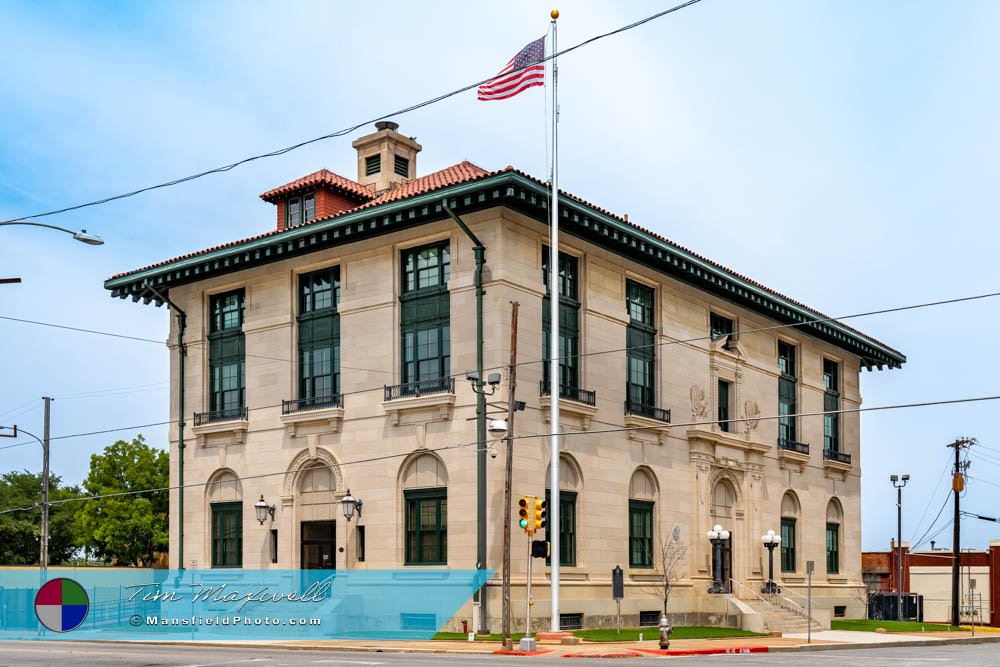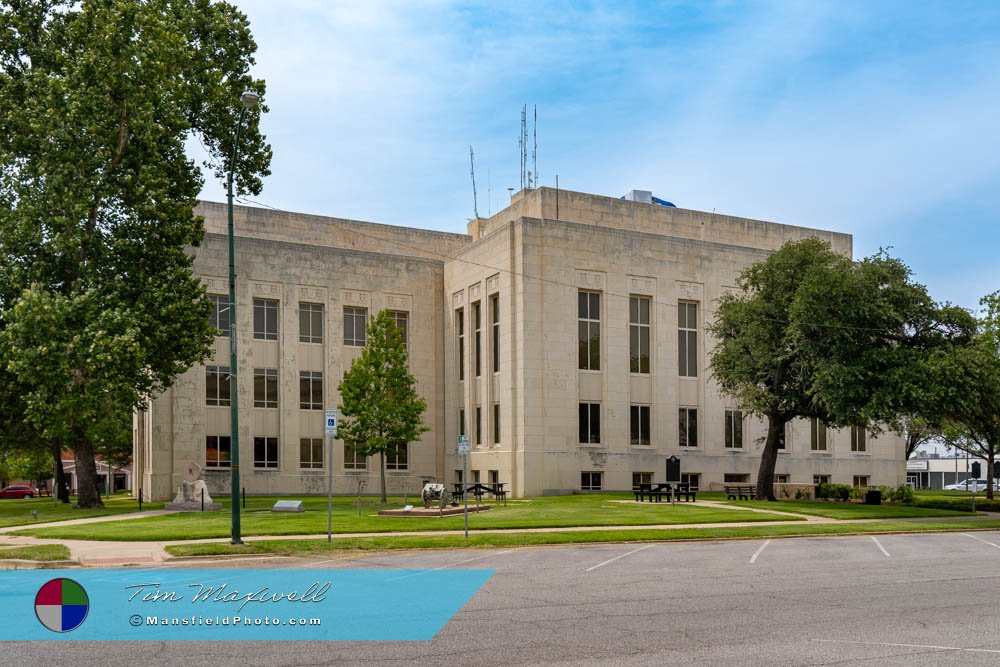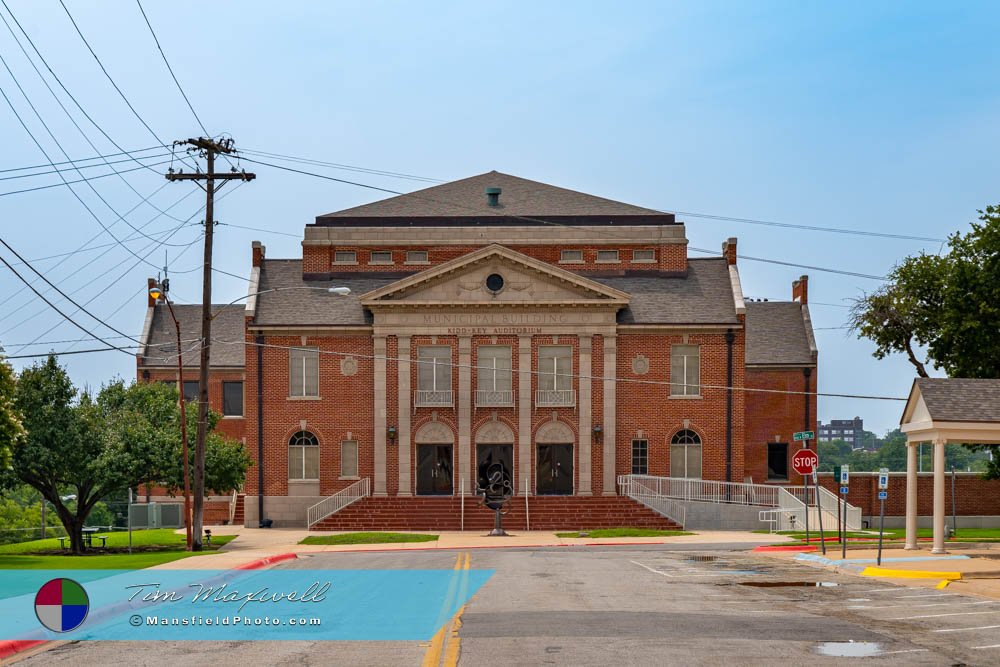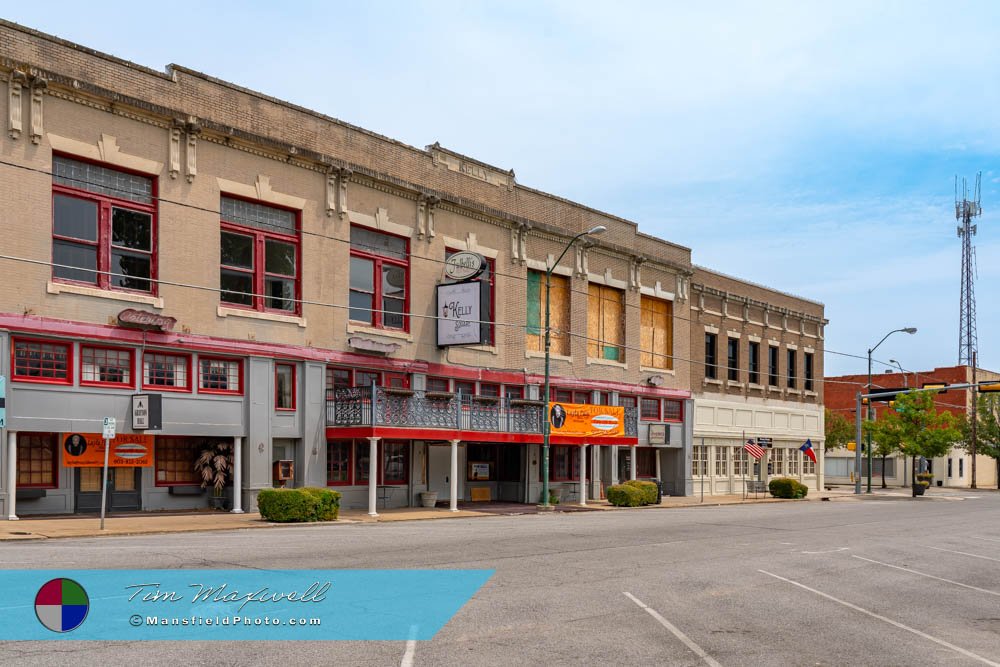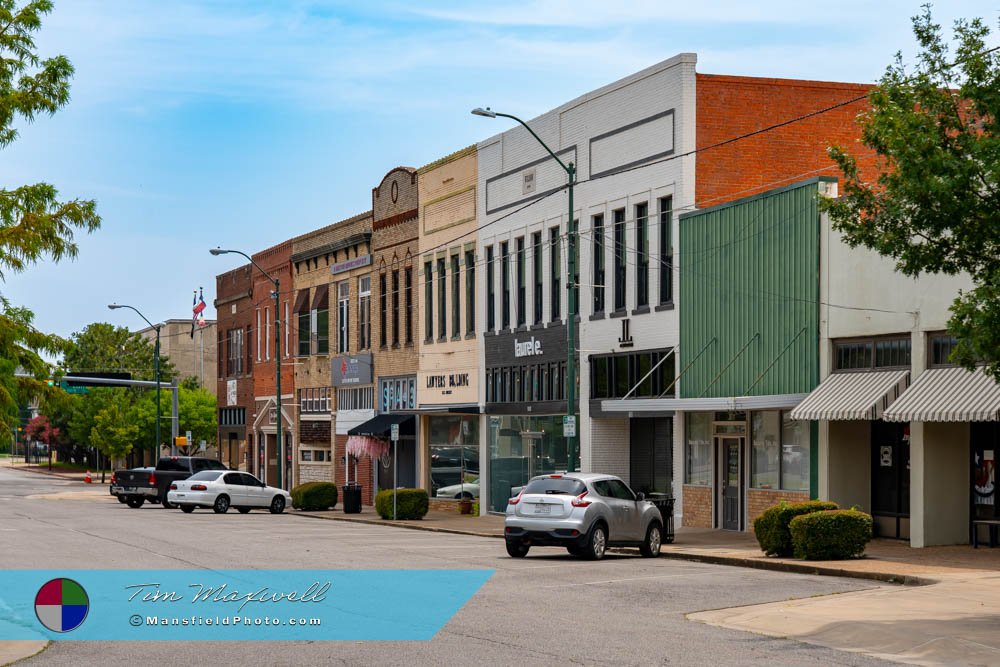Mansfield Photography
Sherman, Texas
– A Texas Town with a Storied Past.
Established in 1846, Sherman, Texas, began as a small settlement in Grayson County, just south of the Red River. The town was named after General Sidney Sherman, a hero of the Texas Revolution who played a pivotal role in the Battle of San Jacinto. With fertile land and its location along major trade routes, the town quickly became a vital center for agriculture and commerce in North Texas. The early settlers were attracted by the region’s abundant resources, and it soon evolved into one of the most significant towns in the area.
The Civil War and the Sherman Petition
While much of Texas aligned with the Confederacy during the Civil War, Sherman was a notable exception. The town had a strong pro-Union sentiment, and many of its citizens were vocal in their opposition to secession. In fact, the town played a central role in an intriguing piece of Texas history. A group of North Texas Unionists, including prominent citizens, petitioned to establish North Texas as an independent free state. Although the proposal ultimately failed, it demonstrated the town’s deep ties to the Union and its commitment to individual freedom during a time of national division.
Despite the failure of the petition, the town continued to be a place where diverse political views were expressed, leading to tensions that occasionally boiled over during and after the Civil War. However, the town’s resilience and determination allowed it to rebuild and move forward in the years that followed.
Rise to Prominence: The Railroad and Economic Growth
After the Civil War, the town experienced a period of significant growth, spurred in part by the arrival of the railroad in the 1870s.
The Texas and Pacific Railway connected the town to larger cities like Dallas and Fort Worth, opening up new opportunities for trade and expansion. This development positioned the town as a regional hub for commerce, and by the late 19th century, the town was thriving.
The economy grew around farming, cotton production, and later, manufacturing. With its expanding population, Sherman also became a center of education in North Texas, home to several colleges and schools, including Austin College, one of the oldest higher education institutions in the state. As more people moved to Sherman, the town developed a rich cultural and social life, with new churches, businesses, and public institutions springing up throughout the community.
Interesting Facts and Local History
Sherman’s history is filled with fascinating stories and unique characters. For example, in 1930, the town was the site of a tragic event known as the Sherman Riot. This racially charged incident occurred when a mob set fire to the Grayson County Courthouse, attempting to lynch an African-American man accused of a crime. This event marked one of the most violent moments in the town’s history and reflected the racial tensions that plagued much of the South during this era. In the aftermath, the town worked to rebuild both its courthouse and its reputation, striving for unity and progress.
Another interesting chapter involves its connection to education and culture. Austin College, founded in 1849, remains a prominent fixture in the town, attracting students from all over Texas and beyond. The presence of this institution has given Sherman a vibrant intellectual atmosphere, with regular lectures, cultural events, and performances that bring the community together.
Today: A Blend of History and Modern Growth
In the present day, Sherman is a dynamic town that continues to balance its rich history with modern growth. With a population of around 45,000, it is the economic and cultural hub of Grayson County. While the town has embraced development, it has also preserved much of its historic charm. The downtown area, in particular, is a beautiful blend of historic buildings and modern amenities, offering visitors a glimpse into Sherman’s past while providing all the conveniences of today.
The Grayson County Courthouse, rebuilt after the 1930 riot, still stands as a symbol of the town’s resilience. Surrounding it is a vibrant downtown filled with locally owned shops, restaurants, and businesses that give Sherman its unique character. The town’s historic district is a popular spot for visitors, who come to admire the well-preserved architecture and enjoy the lively atmosphere.
Sherman is also home to several annual events that celebrate its heritage and community spirit. These include the Sherman Arts Festival, a celebration of local artists and performers, and the Hot Summer Nights concert series, which brings live music to the heart of downtown.
A Town with a Bright Future
As Sherman continues to grow, it remains a town deeply rooted in its history while looking forward to the future. The town has attracted new industries, including technology and manufacturing, creating job opportunities and boosting the local economy. At the same time, Sherman remains committed to preserving the small-town charm and historical significance that have made it a beloved place to live and visit.
With its rich history, vibrant culture, and strong sense of community, Sherman is more than just a town—it’s a living testament to the resilience and determination of its people. Whether you’re exploring its historic downtown, learning about its unique role in Texas history, or enjoying the modern amenities it offers, it’s a town with something for everyone. It’s a place where the past and future coexist harmoniously, and its story is far from over.
📸 Interested in More Photos of This Town?


